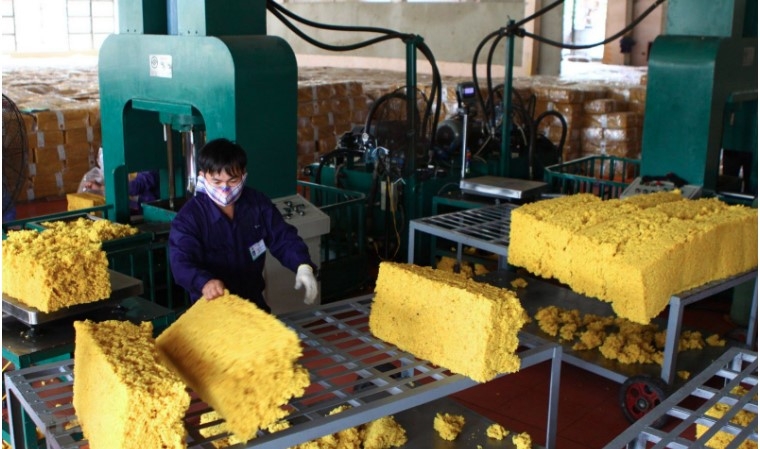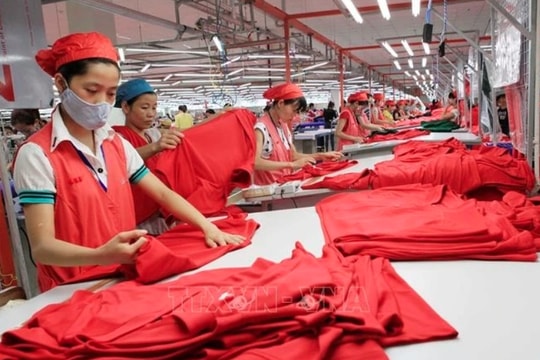This also marks a 22.2% increase in volume and a 47.8% rise in value compared to September, marking the highest monthly figures for the year.
During the ten-month period, Malaysia spent US$35.2 million importing 24,800 tonnes of rubber, posting a 349% increase in volume and a 405% rise in value year-on-year, making Malaysia become the second-largest market by volume and the third-largest by value for Vietnam's rubber exports.
Throughout the reviewed period, Vietnam exported 1.54 million tonnes of rubber, generating more than US$2.52 billion in revenue.
China remained Vietnam's largest rubber export market, accounting for 78.7% of the country’s total rubber exports. Exports to China hit 1.06 million tonnes, valued at US$1.7 billion , a 16.8% all in volume but a 1.5% rise in value on-year.
The first ten months witnessed notable shifts in Vietnam's rubber export markets. While exports to China, the Republic of Korea, the Netherlands and Argentina dropped year-on-year, substantial growth was recorded in other markets such as India, the US, Germany and notably Malaysia.
Rubber remains a significant export sector for Vietnam, which ranks fifth globally in plantation area and third in natural rubber production.
According to the Vietnam Rubber Association (VRA), the nation has roughly 930,000 hectares of rubber plantations, producing about 1.3 million tonnes of latex annually.
Despite the decline in export volume this year, Vietnam's rubber export value has increased thanks to consistently high export prices.
As a result, rubber export revenue in 2024 is anticipated to reach US$3-3.5 billion, an increase of US$200-400 million compared to last year.






























